- Home
- Travel In China > China Culture > Chinese Architecture >
Chinese architecture Culture
Chinese architecture is most famous for the Great Wall of China But, there is so much more to Chinese architecture than just that huge wall. Chinese temples are large and extravagant. Palaces are a pleasure to look at. Even the roofs are breathtaking and detailed to the last drop of gloss or paint.
Chinese architecture structures are based on the principle of balance and symmetry. Office buildings, residences, temples, and palaces all follow the principle that the main structure is the axis. The secondary structures are positioned as two wings on either side to form the main room and yard. The distribution of interior space reflects Chinese social and ethnical values. For example, a traditional residential building assigns family members space based on the family's hierarchy.
One fabulous example of Chinese architecture is the Buddhist temple which can be found scattered around China. The most distinctive style is the stupa (t'a) or pagoda. The pagoda was mainly used to house sacred objects. Temples take the form of a storied tower, or, more rarely, an over-turned bowl. As the centuries passed, however, the shape of these temples took new forms. In the second and third century, the structures were usually made of wood. Their shape took the form of a tetragon during the 10th Century. During the Tang Dynasty they had octagonal or diagonal towers. The number of stories varied with each building.
Roofs are an important part of Chinese architecture. They not only protect residences from the elements, they also have a symbolic meaning. For example, temple roofs were curved because Buddhists believed that the curves could ward off evil spirits. The temple's roof was made of glazed ceramic tiles and had overhanging eaves distinguished by a graceful upward slope. Most roofs are painted an elegant shade of red, yellow or green.
Also seen on most Chinese structures are elaborate carvings. The designs are found on windows, doorways, or roofs. The Chinese build structures in a geometrical fashion. Doors as wells as windows are often circular in shape.

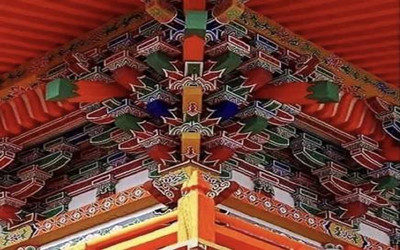
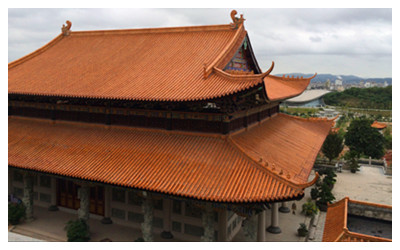
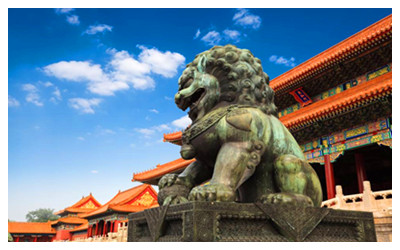
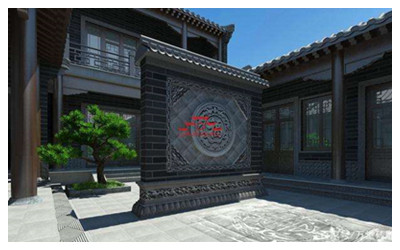
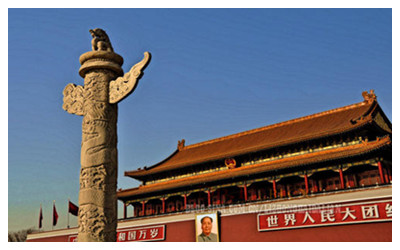
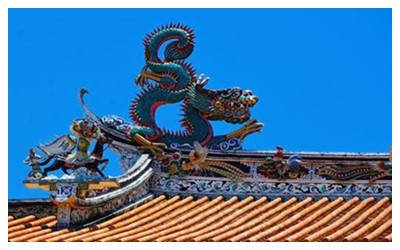
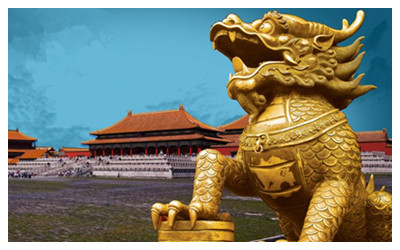
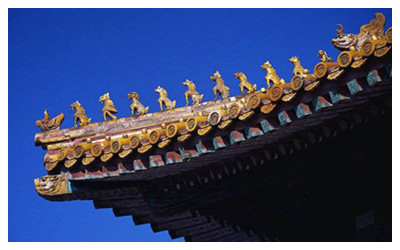
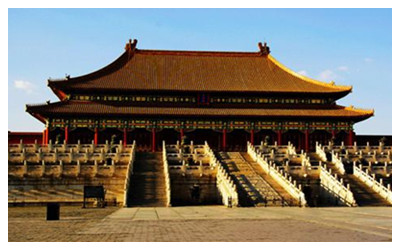
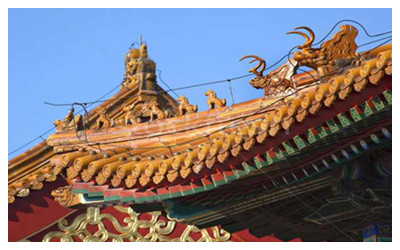
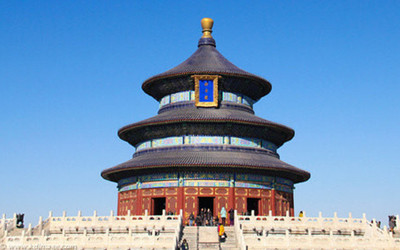
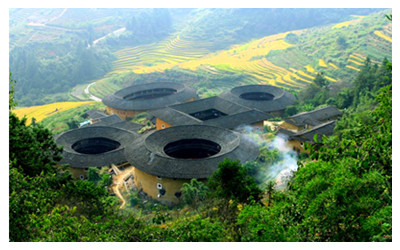
 Ask Questions ?
Ask Questions ?